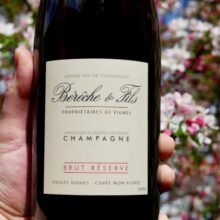
Product information
Bérêche & Fils Brut Réserve (Base 2020. Disg. July 2023) NV
Blend from France, Champagne
Original price was: $180.$148Current price is: $148.
Description
Shining. Excellent core of fruit. Fine acid red fruits and pith citrus. Flow and shape. Textural elements are very good. Fresh style. The dose is comforting. Beautifully balanced. Not a super oxy style. Beautifully weighted. A fuller apperitf style that brings loads of joy!
The NV Brut Réserve is bright and finely sculpted right out of the glass. There’s terrific purity and energy running through the Brut Réserve. Crushed red berry fruit, white pepper, crushed rocks and mint all race out of the glass. This release is based on 2020, with a good bit of reserve wine (35%) that serves to create terrific balance. The 5.5 grams of dosage is not at all felt.”
Antonio Galloni, Vinous 92 Points
In stock



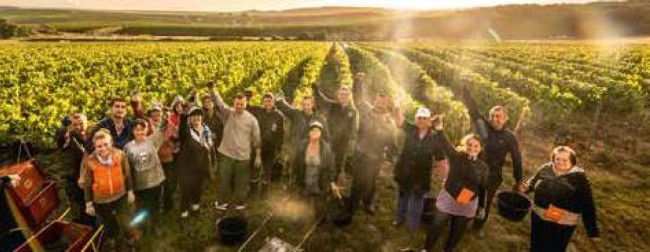



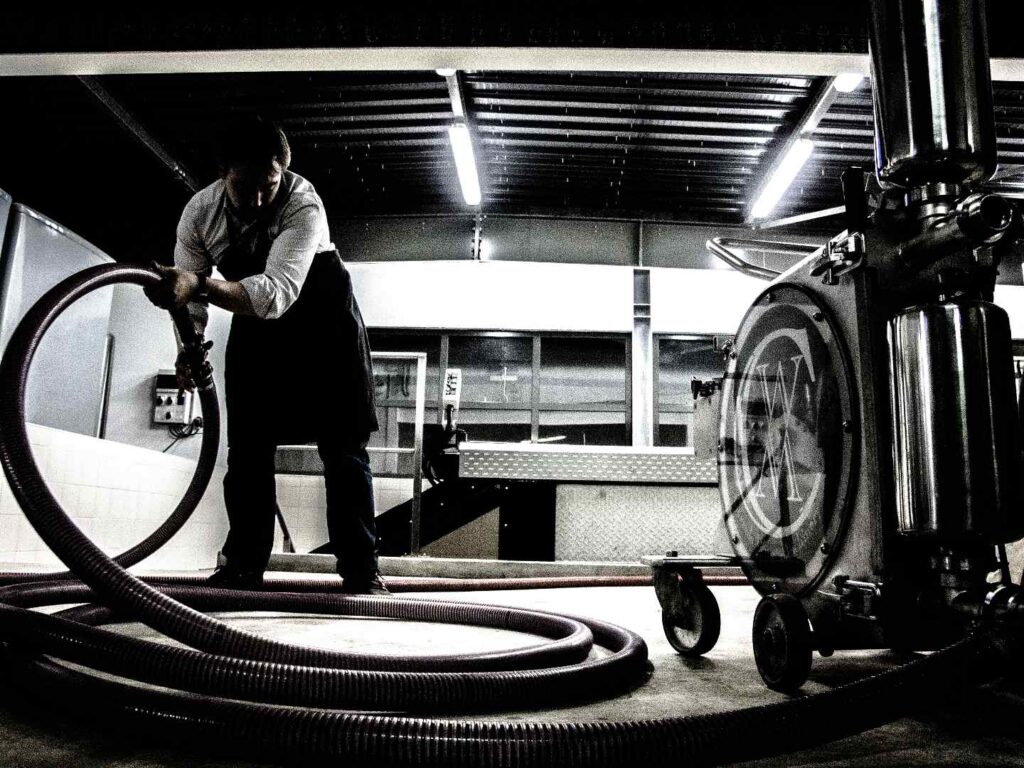
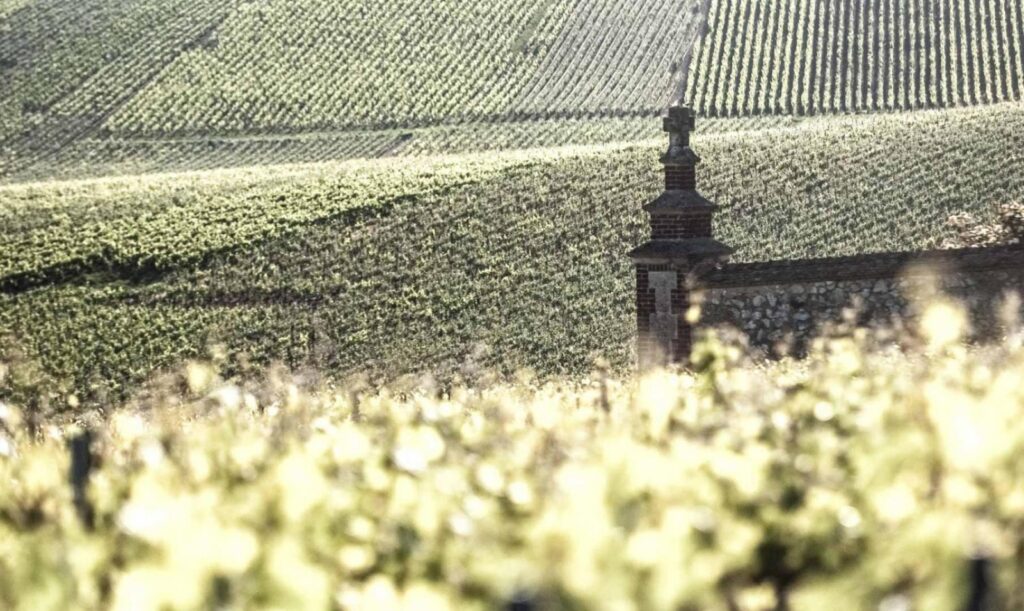
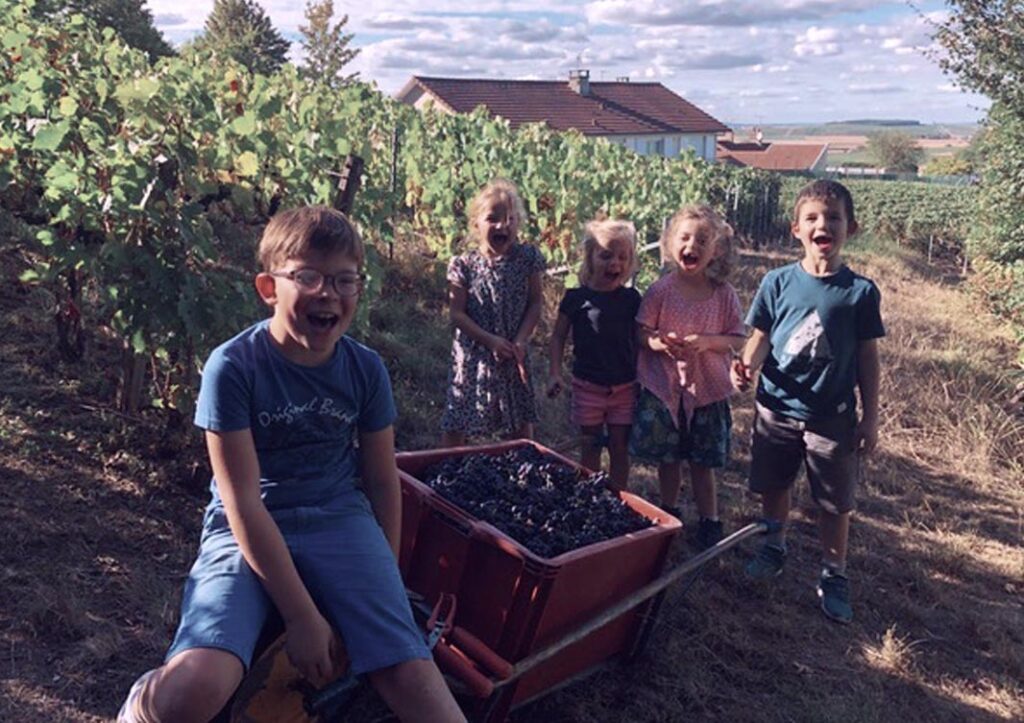
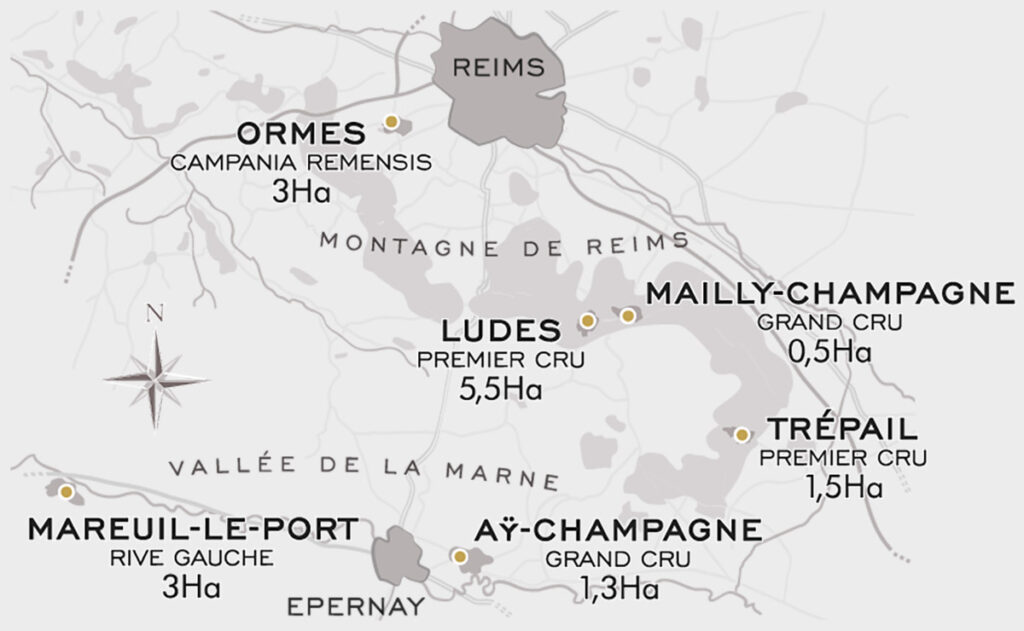
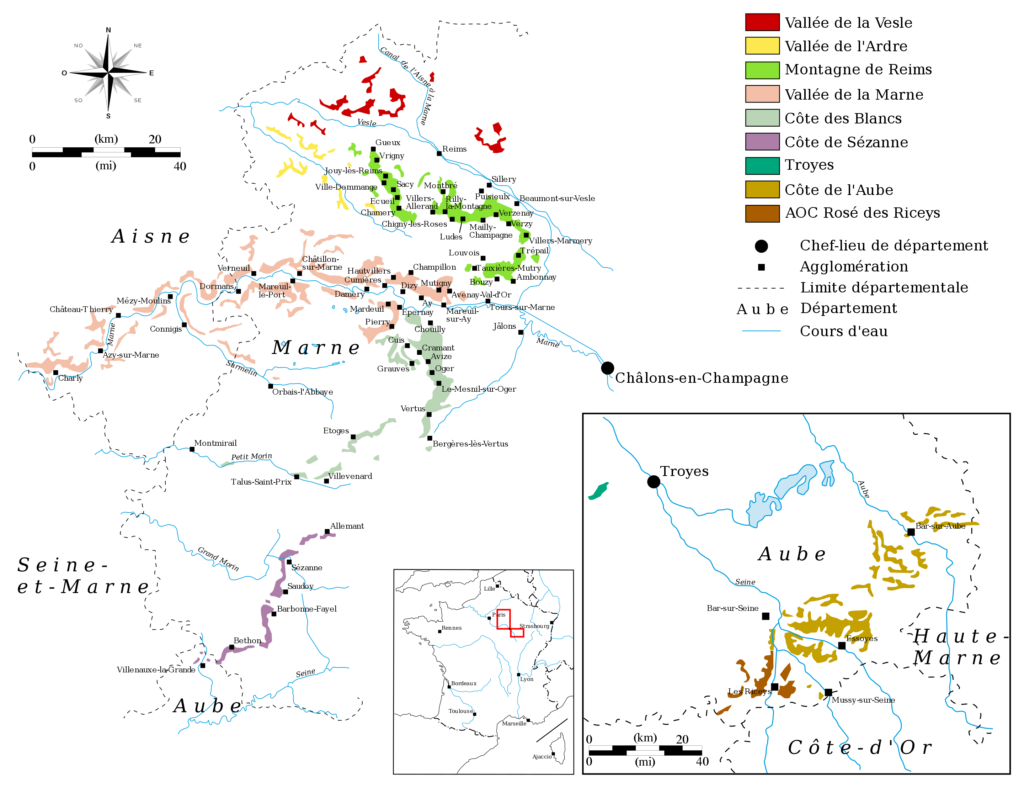



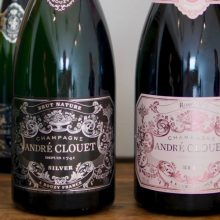
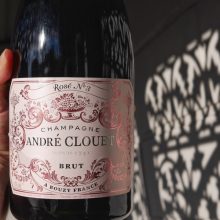


You must be logged in to post a comment.